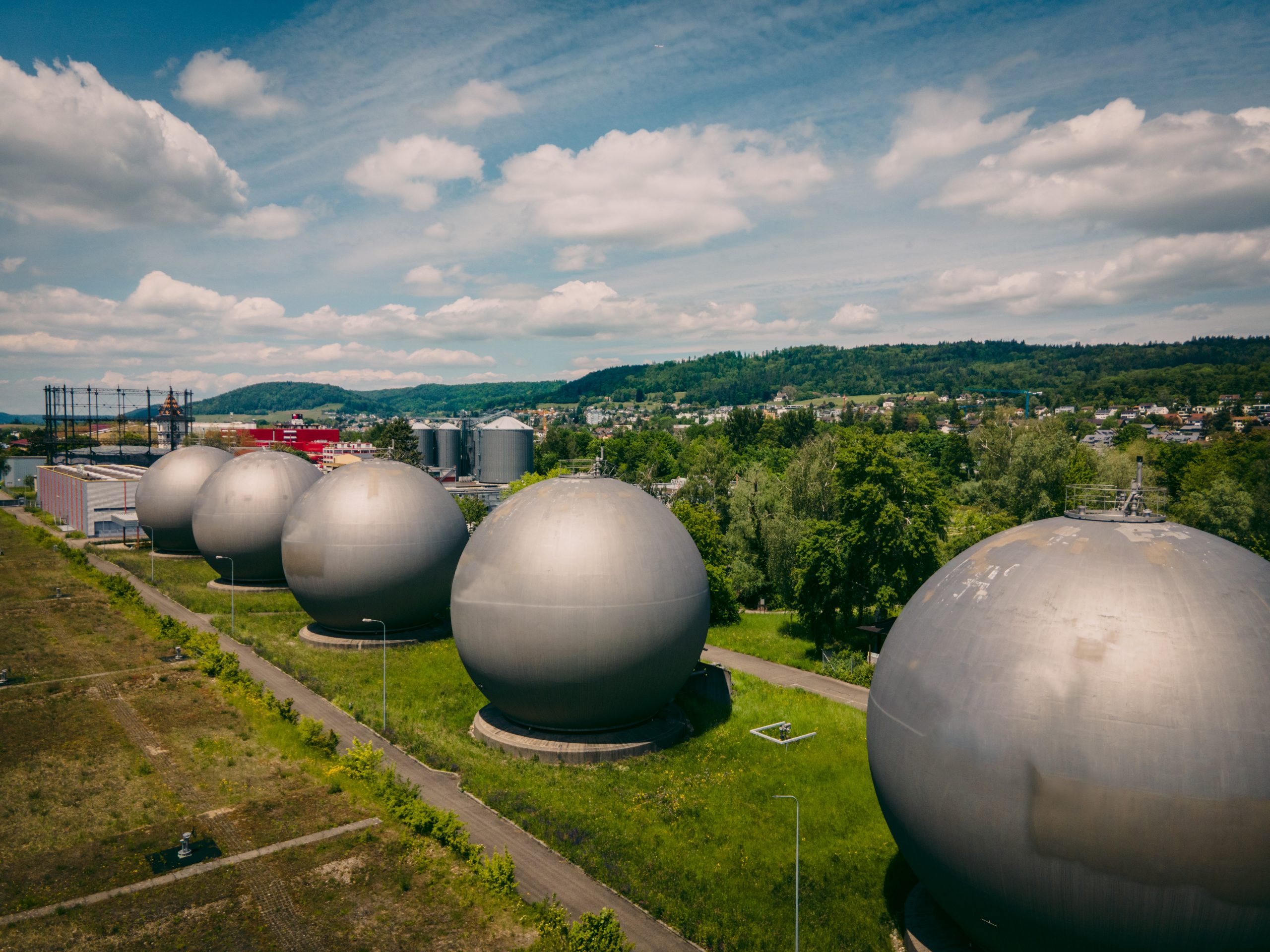By Elyse Gatt and Alexander Whittle
There is nationwide consensus that substantive action on climate change must occur now, which means the time for short-term thinking and disingenuous commitments in the energy space has ended.
Though climate change has always been a political issue, the successful campaigns of several “teal” independents and a record number of Greens at the 2022 federal election have undoubtedly raised the stakes.

Teal independent Allegra Spender’s climate-based campaign
The big question, then, is where to next?
With public discourse muddied by ongoing finger pointing about the price, availability, security, and emissions intensity of different modes of energy production, and by the recent energy crisis, it’s easy to forget we’re all talking about an essential service that every Australian needs.
In this context, navigating a path forward for industry and businesses is far from simple.
After two decades of climate warfare, characterised by binary thinking, some forms of energy have been stigmatised. The debate needs nuance, rather than a simple dichotomy labelling all carbon emitting technology as bad, and all low or no carbon technology as good.
Renewable gas, for example, is fighting an uphill battle despite offering an alternative, low-emissions fuel that can decarbonise hard-to-abate sectors, including heavy transport, and reach households for cooking and heating.
That fuel is green hydrogen, which is produced when renewable electricity is used to power electrolysis, emitting plenty of water vapour, but no carbon.

Artist’s impression of an H2 gas pump
Renewable gas of this kind is a feasible and effective part of Australia’s path to net zero as evidenced by billionaire Twiggy Forrest’s campaign in support of green hydrogen. But building public awareness and support across Australia is an ongoing challenge, given the strength and consistency of blanket messages about gas.
Take ice cream behemoth Ben and Jerry’s as an example – there website urges consumers to wipe out gas, which they claim will “fudge our future”.
In an ideal world, the whole planet would be powered by renewables already. But the reality is very different. More than two-thirds of the electricity in Victoria in the 2020/21 financial year was generated from brown coal.
Renewables remain expensive, and governments cannot fund and scale new projects without the energy industry taking some of the load. The energy industry has the technology, expertise, market reach and capital to change things, but must also be accountable to net-zero targets and transition plans.
So, how can green hydrogen, and other new renewable technologies, navigate this complexity to ensure they are heard, understood and accepted as legitimate clean energy sources by governments and consumers alike?
1. Remember the context you are operating in
Some industries have been stigmatised throughout the past two decades. That means many opinions are established, and that anything said by the energy industry will be met with a high level of scepticism. While the views of the public can be shifted, having a good strategy is key and accept that advertising alone will not change perceptions about your industry. Consumers want a genuine commitment to energy transformation, and then proof that it is occurring.
2. Be authentic about emissions reductions
Action on climate change and moving to net zero should not be an addendum to your current operations – it needs to be at the heart of your organisation. You cannot communicate or advocate yourself into positive perception if what you are doing is inauthentic.
Industry must successfully execute these first two points before corporate affairs professionals can help with the next part…
3. Engage openly
Be clear about your journey. Be honest about where you’ve come from and build excitement for where you are going. Hard evidence is key to this tactic. You need to be able to give consumers and politicians the ‘what, why, when, and how’ of the journey to win minds and build trust.
4. Translate the technical to the practical
Energy companies have incredible stories to tell. Low carbon technological advancements are fascinating, but they need to be communicated in laypeople’s terms, as the sort of information someone could share at a BBQ.
5. Be prepared to have the hard conversations
There is a significant social justice element to energy policy that is too easily ignored. Governments and industry should be focused on delivering reliable energy to customers, while minimising energy price pressures to protect the most vulnerable.
6. Build relationships with decision makers
Keep an open dialogue with government. Do not expect government to have all the answers – go to them with solutions that will help them meet their climate ambitions and make your asks very clear. Consider budget and election cycles, along with pressure points.
7. Communicate, communicate, communicate
Keep telling your story and provide updates on your transition. Traditional media does not find energy particularly exciting unless it’s in the middle of a crisis. Consider alternate channels of communication and be creative!
Energy transition is a long-term solution to climate change that needs long term planning. Industry needs policy certainty and support from governments and consumers to start that journey.
Our clean energy team can help navigate the complexity to create a clear narrative that aligns with your aspirations, and the economic, political, and social realities.
As a strategic communications firm, Banksia Strategic Partners is proud to work with clients across the nation to support the endeavour’s of Australia’s clean energy future.


